Customs vary from region to region, from house to house, creating a prosperous Tet that evokes a land of flowers and fruits, and passionate ceremonies that will continue to recur in Vietnamese culture.
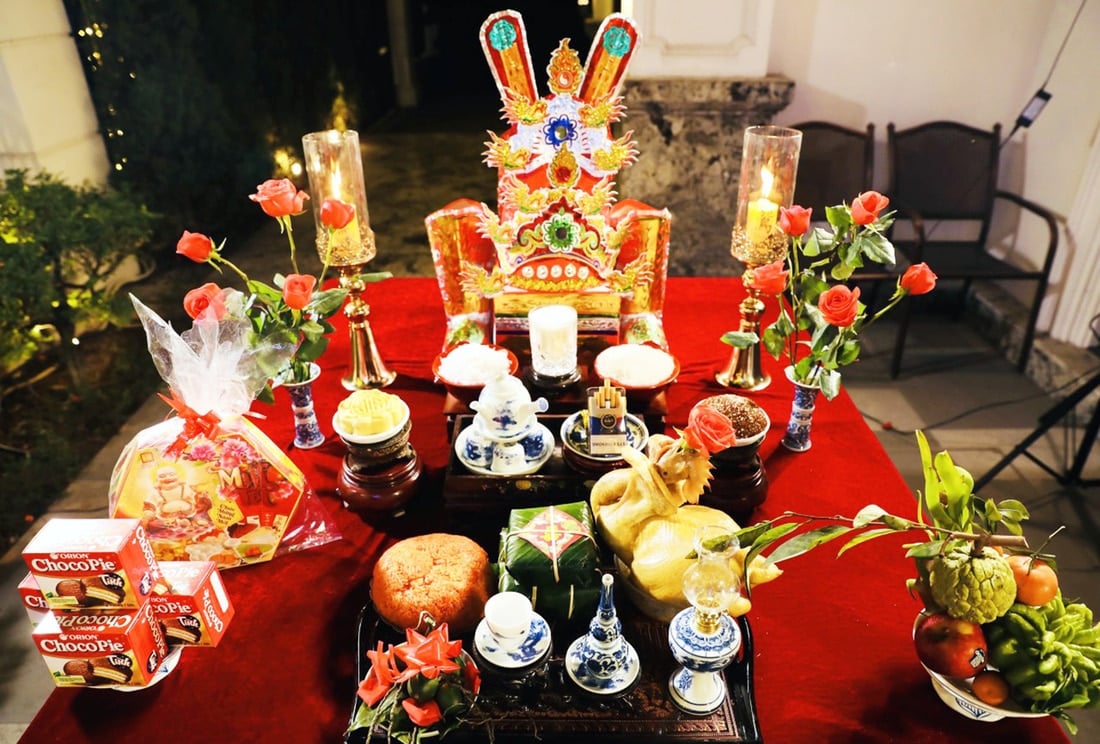
New Year's Eve offerings - Photo: KIEU ANH PHONG
Preparing for Tet, the New Year's Eve feasts of the three regions North - Central - South are very different but also very similar because they all share the same feeling. "Whoever goes to the Central, North, or South, no matter where they go, they all remember / to come back and celebrate with their family."
The ancient town shows loyalty
Ms. Vu Thi Tuyet Nhung is the author of many articles about Hanoi cuisine . She is also a famous cook. As the spring days of Giap Thin approach, Ms. Nhung's heart is filled with the excitement of a New Year's Eve offering tray from the old town of the past.
She said that at that time, the street was just getting dark, and as soon as she finished washing the dishes for the New Year's Eve dinner on the 30th of Tet, she and her sisters heard their mother preparing the New Year's Eve feast.
Pour out the soaked sticky rice and drain. Cut the gac fruit into pieces, mix a few grains of salt with a spoonful of white wine until smooth and mix into the rice.
Cover the sticky rice with chicken fat and add sugar to the steamer when the sticky rice is cooked. Then prepare a pot of boiling water to make chicken tonight...
I told my children that, but the most important thing in the New Year's Eve offering tray must be personally taken care of by the mother.
Mrs. Nhung's family has many sisters, so before Tet, the sons-in-law bring a fat castrated chicken and a bottle of fragrant wine corked with banana leaves to greet their father-in-law and mother-in-law.
However, that chicken was only used to boil, fry, stew bamboo shoots, and cook vermicelli soup; as for the chicken for the New Year's Eve offering, her mother had to personally go to Hang Be market or ask her aunts in Van Dinh to send it.
She often said that the chicken for New Year's Eve offering must be a rooster that has not yet mated, weighing about 1kg. The meat of the local chicken is fragrant and tender. The legs must be golden yellow, and the comb must be bright red.
She taught her daughter in the house to use chopsticks to prop up the chicken wings, tie a soft string to prop the chicken head upright, put it in a large pot with water and a few grains of salt, boil the water, skim off the foam, turn off the heat, cover the pot for a while, then take it out, pour in cooled boiled water to clean it.
"If you boil a young chicken for too long, its skin will split and its wings will fall off, it won't be good" - after so many years, my mother's voice is still imprinted in my mind.
Mrs. Nhung continued: "At that time, my mother took a red cinnamon rose with green leaves and stuck it in the chicken's beak and placed it on a plate. The chicken was golden yellow with its wings spread out to the sides as if it was flying high...".
Looking at the beautiful and neat tray of food, Mrs. Nhung's mother invited her husband to light incense and worship heaven and earth, to send off the old governor and welcome the new governor to rule the world.
Mrs. Nhung remembers the old Tet seasons "gone forever", the whole city was silent to listen to Uncle Ho's Tet greetings. It was so sacred and touching. Her mother prayed to heaven and earth to bless the country with peace and prosperity, the family with prosperity and happiness, then she burned votive paper money, and sprinkled rice and salt on the street.
After bringing the tray of food into the house, her mother often poured a cup of new wine and her father a piece of boiled blood, and cut each child a piece of sticky rice with gac fruit to eat for good luck in the new year.
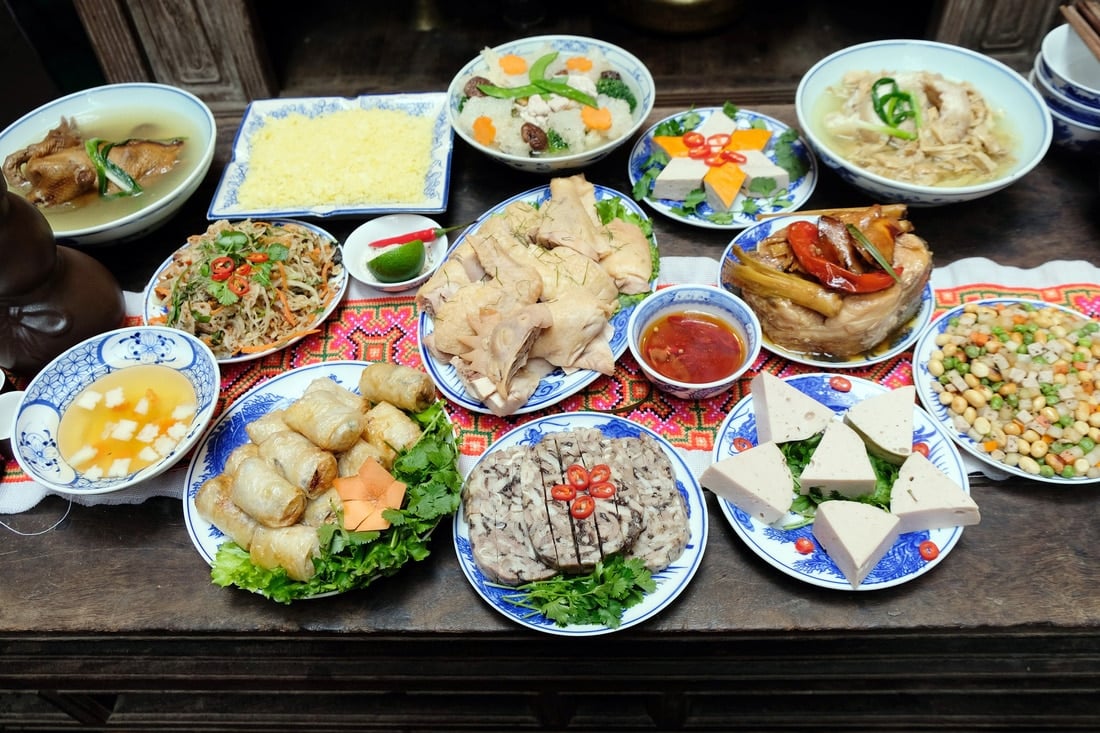
A traditional Tet tray - Photo: D.DUNG
Fragrant Hue ceremony to welcome grandparents
In Hue, at the sacred moment of the New Year, the homeowner often wears a black ao dai and turban and burns incense to pray to heaven and earth.
That image is present in many families, in long rows on the streets of the ancient capital at the moment of New Year's Eve. Like many other rituals of Hue people, the New Year's Eve celebration of Hue people also leans towards spiritual values.
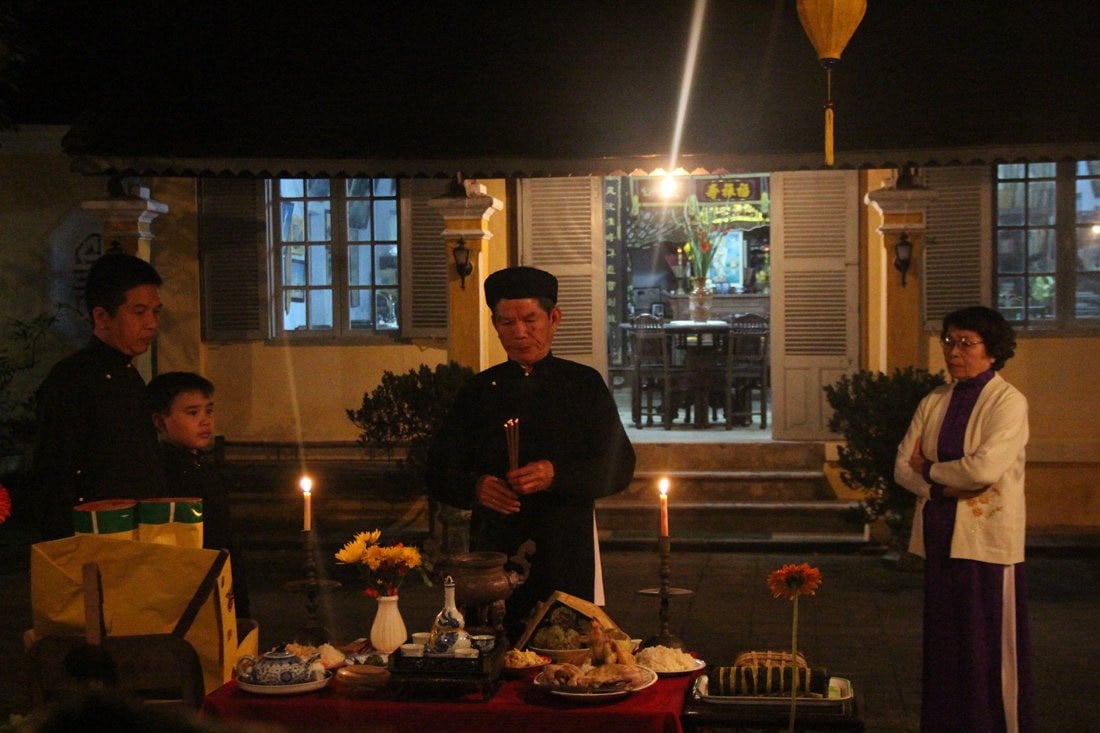
Cultural researcher Phan Thuan An New Year's Eve ceremony - Photo: THAI LOC
The offerings for the New Year's Eve are very fragrant. In addition to betel, areca, wine, incense, votive paper, and fruit, there are also a few other simple things to send off the old year's guardian spirit and welcome the new year's guardian spirit.
From New Year's Eve to the 7th of January, Hue people avoid touching nature and the sky. Therefore, ancient Hue people did not go out to pick branches and flowers like some other places.
For Hue people, the last day of the year worship ceremony is the most important, considered the beginning of Tet for Hue people. This ceremony is the ceremony to welcome ancestors back home to celebrate Tet with their children and grandchildren.
From then until the day of the offering, around the 3rd or 4th day of Tet, the altar is always lit with incense and candles.
During each meal during Tet, Hue people put a tray of food and various cakes and candies on the altar, burn incense and invite their ancestors as if they were present with their children and grandchildren during these days.
Therefore, Hue people often just stay around to celebrate Tet to take care of offerings and rarely go far. They think of the altar as always being cozy, avoiding the scene of burnt incense and cold altar, which is a sin for the ancestors.
Cultural researcher Nguyen Xuan Hoa said that Hue people still maintain many traditions associated with rituals, which are less faded, mixed, and chaotic.
Solemn rituals, connecting people with their ancestors, with heaven and earth, not praying or superstition. Basically, every family still considers Tet as an occasion for gathering and reunion. Tet is still an occasion for neighbors to visit each other.
Tet holiday remember Nom script
Young writer Le Quang Trang is from An Giang , where the majority of residents are originally from the Central region. During the new spring days, he remembers the literary culture of his village. Trang said that anyone in the village who knows Nom script is respected by the whole village.
People in the West worship many gods of fortune: God of Wealth, God of the Land, God of Mountain, God of Kitchen, God of Agriculture... They also practice many crafts such as tailoring, masonry, carpentry, boat building, silversmithing..., each profession has its own founder.
When there were no worship paintings, most people worshiped with words, writing the name of the god and a few words of blessing in Chinese ink on a piece of pink paper. The bold and light strokes of the words, looking at them, "had a spirit". People looked at Nom characters and saw the sacred soul of the mountains and rivers, the spirit of the nation in a sacred and ancient way.
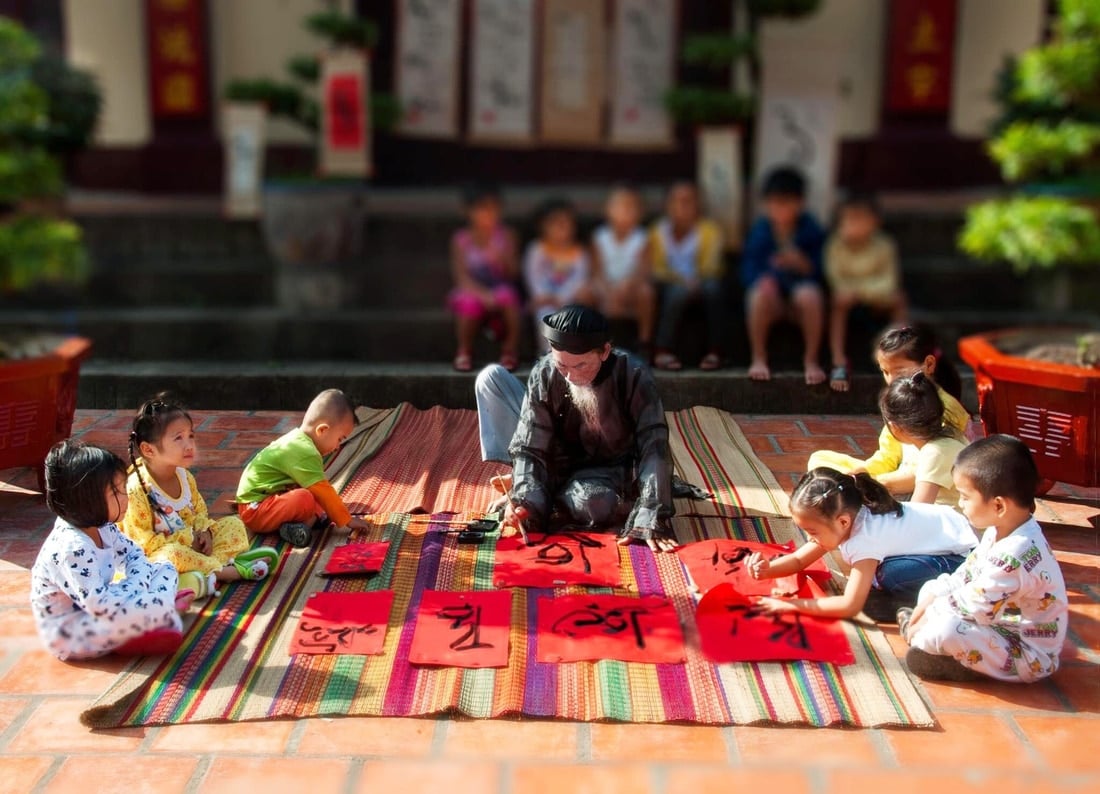
Giving calligraphy is a beautiful cultural feature every time Tet comes and spring comes - Photo: DO PHU
Le Quang Trang still remembers that when he was young, when Tet was about to come, he often followed his grandmother to the temple near his house to ask monk Huynh Thanh to write a plaque for Ong Tao, Me Sanh, and Tho Than to replace the old faded plaque, along with a few parallel sentences to hang on Tet holiday.
Trang remembered that once he accidentally wrote a horizontal stroke in the word "Phuc" for an old lady in the upper village. He ran to her house barefoot to get it back and replaced it with another parallel sentence.
"Master said that writing is a holy thing, missing a stroke is like missing a hand, I am really sinful, good, good"...
When Master Huynh Thanh passed away, there was no one in the temple who studied Nom script to replace him in writing parallel sentences, worshiping couplets... From then on, many houses in the village did not replace the worshiping couplets with the last Tet characters of the master.
The couplets worshipping Mother Sanh and Kitchen God of the Mandarin's house have remained intact with the teacher's ink for many years. Yet every year when cleaning the house, thinking about whether there is anything that needs to be replaced, looking up at the altar and seeing the faded couplets, my heart is filled with longing and longing.
The ancient South was prosperous.
Folklorist Huynh Ngoc Trang once said in one of his books that in the South there was an old custom that existed at least before 1945, even until 1960. People often prepared two different dishes.
A fruit tray similar to a five-fruit tray or a fruit tray (called a "chở chua", meaning a three-legged "chở" made of wood, on which is placed a "ladder plate" to display the banana tray).
People choose a whole bunch of bananas and cut each bunch to arrange them, with the top bunch being a small bunch, creating a three-tiered tower. The second type of offering is placed on both sides of the main incense burner on the altar: below is a watermelon, on top of the watermelon is a candied persimmon/dried persimmon, on top of the persimmon is a tangerine.
In a monograph written about customs in the South in the early 20th century by Le Van Phat, he said that in ancient South Vietnam there was a custom of entering the khem, which means taboos, starting after the ceremony of welcoming ancestors and raising the pole, that is, from the night of the 30th to the 1st until the first person to enter the house on New Year's Day.
During that time, everyone must stay indoors, keep doors open only a crack, keep quiet, and children are told to be good to have a good new year. Avoid sweeping the house, opening cabinets, and hiding all types of brooms...
These two short stories show that the old South also had many customs. However, nowadays, the culture of preparing for Tet has become much simpler. Most importantly, people maintain the spirit of welcoming spring happily, being filial to their ancestors, and gathering with their brothers.
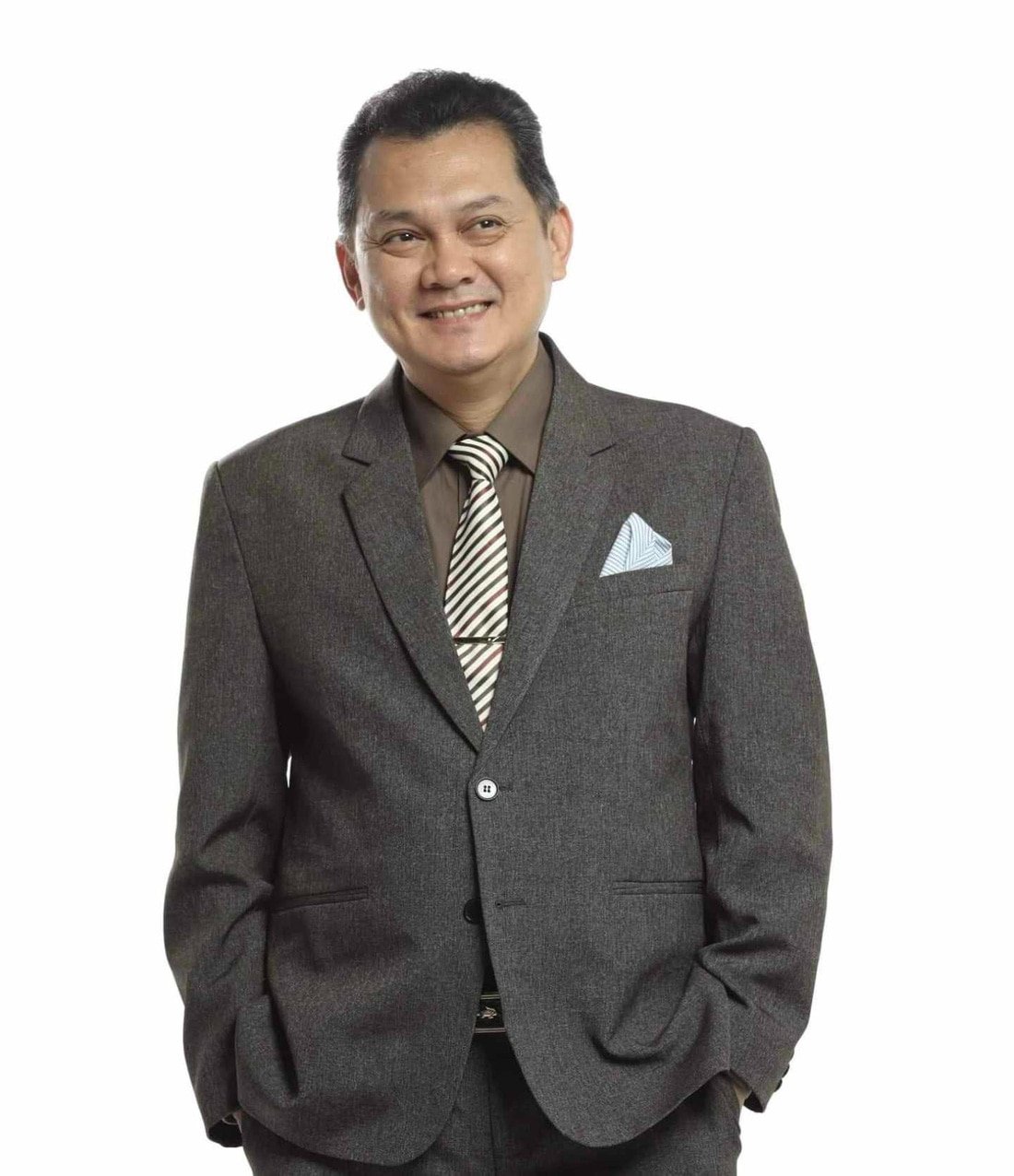
Artist Huu Chau
Artist Huu Chau lived with his grandmother from a young age until he was 19 years old (his grandmother was the famous producer Tho of the Thanh Minh - Thanh Nga opera troupe - PV) so he learned a lot from her about preparing for Tet.
Huu Chau is usually in charge of decorating the altar and making offerings on the 30th and New Year's Eve.
What his grandfather did in the past, he now imitates. For Huu Chau, these moments are extremely sacred.
His family held a ceremony to welcome his ancestors at noon on the 30th. Fruit was always available. The offering tray included braised pork with duck eggs, bitter melon soup, cabbage roll soup...
On New Year's Eve, Huu Chau set out the offerings on a table in the yard. There was a large plate of fruit, a coconut, a watermelon, three cups of tea, and three cups of wine.
He said he burned incense and prayed for a peaceful new year for his family and a smooth job. "I really enjoy preparing and decorating the altar at the end of the year.
I try to make it beautiful and neat as if to express my gratitude to my ancestors and invite them to celebrate Tet with my family. After decorating, I just sit there and admire it, thinking about the past," he said.
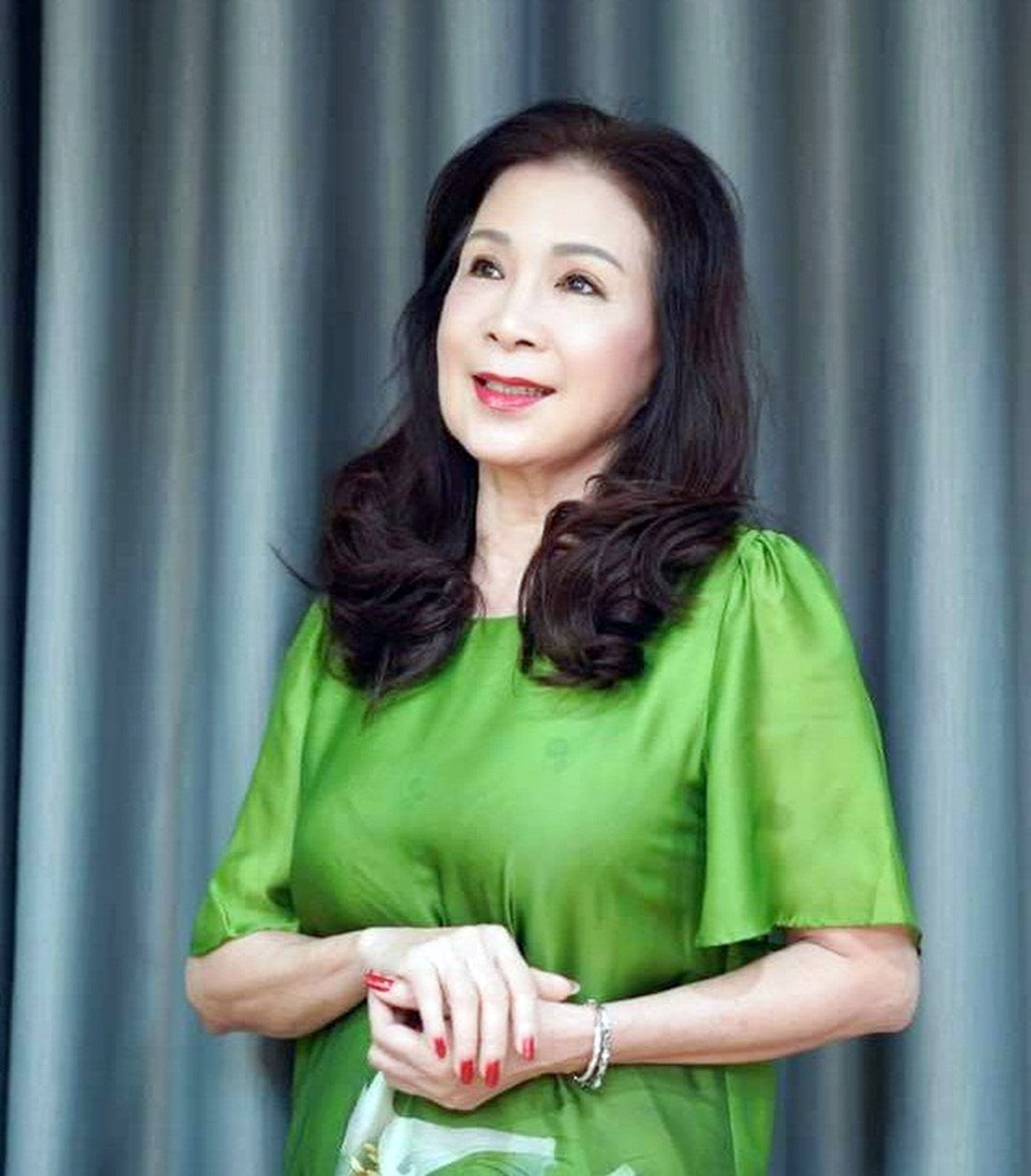
Artist Kim Xuan
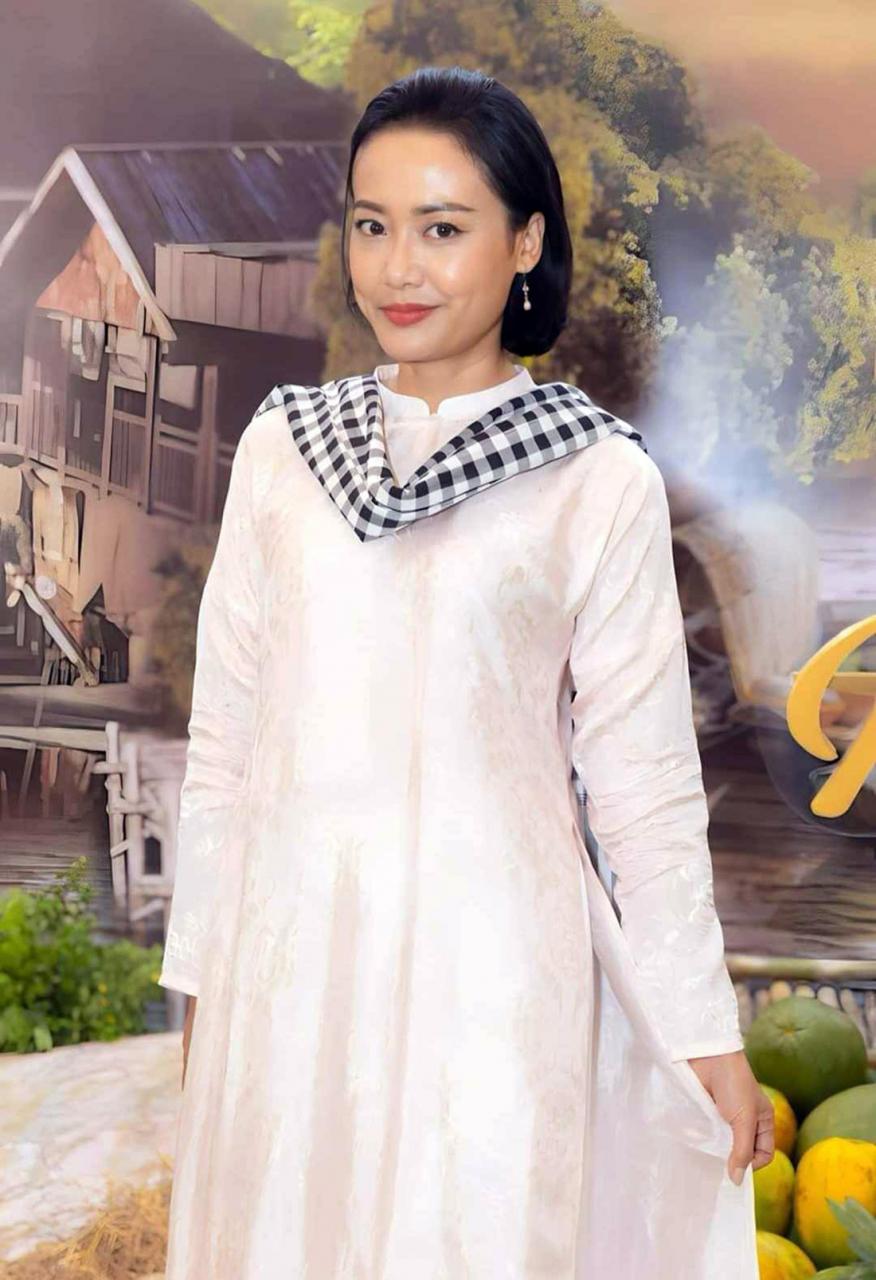
Artist Hong Anh
Dau Dung - Tuotre.vn
Source link


![[Photo] Party and State leaders attend the special art program "You are Ho Chi Minh"](https://vphoto.vietnam.vn/thumb/1200x675/vietnam/resource/IMAGE/2025/5/18/6895913f94fd4c51aa4564ab14c3f250)
![[Photo] Many young people patiently lined up under the hot sun to receive a special supplement from Nhan Dan Newspaper.](https://vphoto.vietnam.vn/thumb/1200x675/vietnam/resource/IMAGE/2025/5/18/6f19d322f9364f0ebb6fbfe9377842d3)
![[Photo] Ready for the top competitions of Vietnamese table tennis](https://vphoto.vietnam.vn/thumb/1200x675/vietnam/resource/IMAGE/2025/5/18/9c547c497c5a4ade8f98c8e7d44f5a41)


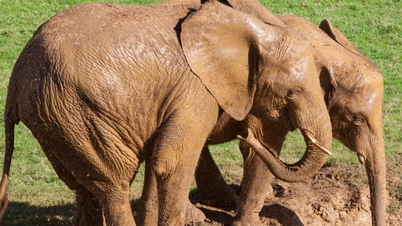




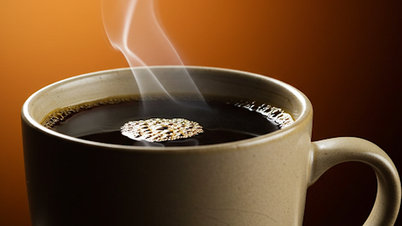





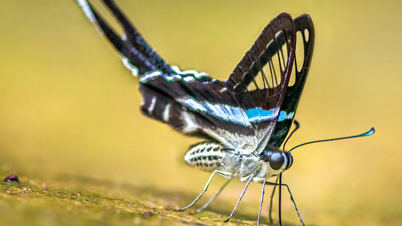




























































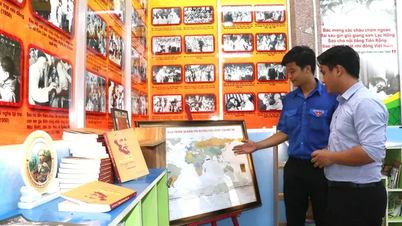
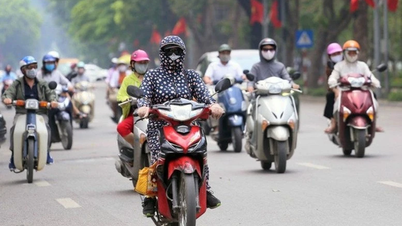



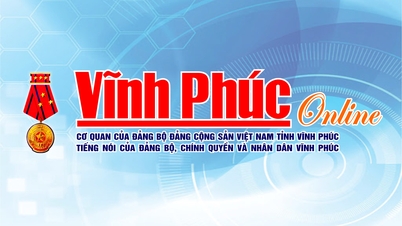


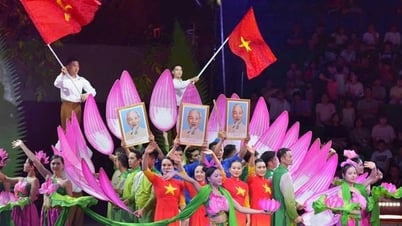










Comment (0)